Home>Furniture>Outdoor Furniture>How To Use Joist Hangers On Decking
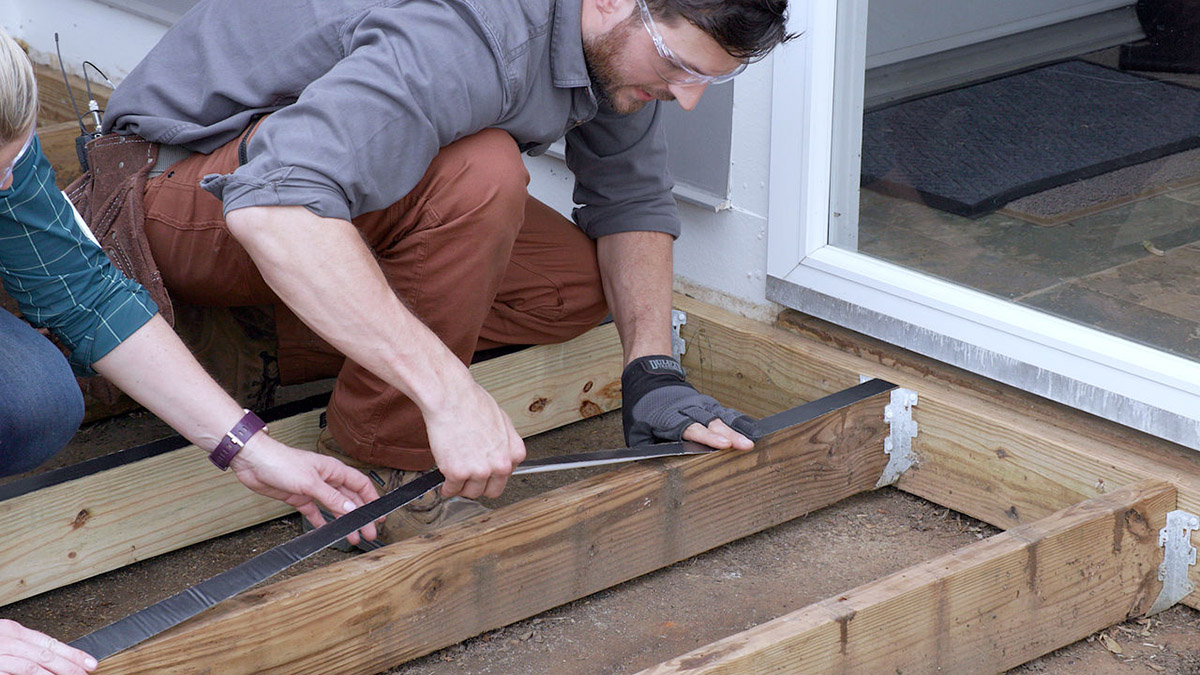

Outdoor Furniture
How To Use Joist Hangers On Decking
Modified: March 7, 2024
Learn how to properly use joist hangers on your decking to ensure secure and durable outdoor furniture installation.
(Many of the links in this article redirect to a specific reviewed product. Your purchase of these products through affiliate links helps to generate commission for Storables.com, at no extra cost. Learn more)
Introduction
Welcome to our comprehensive guide on how to use joist hangers on decking. If you’re planning to build or renovate a deck, you’ll inevitably come across the need to support and secure the joists that form the skeleton of your deck’s structure. Joist hangers are an essential component in this process, providing a sturdy connection between the joists and the beams or ledger board.
Understanding how to properly use joist hangers is crucial to ensure the strength, stability, and longevity of your deck. In this article, we will walk you through the step-by-step process of using joist hangers, discuss the tools and materials you’ll need, offer some helpful tips, and highlight important safety precautions to keep in mind.
So, whether you’re a seasoned DIY enthusiast or a beginner taking on your first deck project, read on to gain the knowledge and confidence to successfully incorporate joist hangers into your decking construction.
Key Takeaways:
- Using joist hangers on your deck is crucial for strength and stability. They provide support, prevent sagging, and ensure even weight distribution, resulting in a longer-lasting and more reliable deck structure.
- When using joist hangers, always follow the manufacturer’s instructions and local building codes. Prioritize safety, wear protective gear, and consult professionals if needed to ensure a safe and durable deck.
Read more: How To Hang Deck Joists
Understanding Joist Hangers
Before we delve into the practical aspects of using joist hangers, let’s first understand what they are and why they are essential for deck construction.
Joist hangers are metal brackets designed to provide secure support for the joists. They are typically made of galvanized steel, which offers excellent strength, corrosion resistance, and durability. Joist hangers come in various sizes and configurations to accommodate different joist dimensions and installation scenarios.
The primary purpose of joist hangers is to connect the joists to the beams or ledger board, ensuring a strong and reliable connection that can withstand the weight and forces exerted on the deck. By utilizing joist hangers, you eliminate the need for toenailing or relying solely on nails, which can loosen over time. This results in a longer-lasting, more stable deck structure.
Joist hangers also play a crucial role in maintaining the proper alignment and spacing of the joists. They provide consistent support, preventing the joists from sagging or warping and promoting even weight distribution across the deck surface.
When selecting joist hangers, it is important to choose the appropriate size and type for your specific application. The size of the joist hanger should match the width and height of the joist, ensuring a snug and secure fit. Additionally, consider factors such as load requirements, deck design, and local building codes to determine the type and quantity of joist hangers needed.
Understanding the purpose and function of joist hangers is crucial for successful deck construction. Now that you have a solid foundation of knowledge, it’s time to gather the tools and materials necessary to start using joist hangers effectively.
Tools and Materials Needed
Before you begin using joist hangers on your decking project, it’s important to gather all the necessary tools and materials. Having everything on hand will make the process smoother and more efficient. Here’s a list of what you’ll need:
- Joist Hangers: Ensure you have enough joist hangers that are specifically designed for the size and type of joists you are using. Take into account the number of joists in your deck and any additional supports that require joist hangers.
- Hammer: A standard hammer will be needed to secure the joist hangers in place. Ensure it is in good condition and has enough weight to drive the nails into the wood effectively.
- Nails or Fasteners: Check the recommended nails or fasteners specified by the joist hanger manufacturer. Typically, joist hangers require galvanized nails or screws for maximum durability and corrosion resistance.
- Measuring Tape: Accurate measurements are essential for proper spacing and alignment of the joist hangers. Use a measuring tape to ensure precise placement.
- Pencil: Marking the position of the joist hangers on the ledger board or beams will help you accurately install them.
- Safety Gear: It is crucial to prioritize safety during any construction project. Wear safety goggles to protect your eyes and work gloves to prevent injuries while handling the tools and materials.
Once you have gathered these tools and materials, you will be well-prepared to begin using joist hangers on your decking project. Remember to follow the manufacturer’s instructions and any local building codes to ensure proper installation.
Now that you have everything you need, let’s move on to the step-by-step guide on how to use joist hangers effectively on your deck.
When using joist hangers on decking, make sure to use the correct size and type for your joists. Install them according to the manufacturer’s instructions and use all the required fasteners for a secure and safe connection.
Step-by-Step Guide to Using Joist Hangers on Decking
Using joist hangers on your decking project involves a series of steps to ensure proper installation. Follow this step-by-step guide to effectively incorporate joist hangers into your deck construction:
- Prepare the Ledger Board: If you’re attaching the deck to a house, start by preparing the ledger board. Ensure it is properly flashed and securely fastened to the house, following the manufacturer’s instructions and local building codes.
- Measure and Mark: Using a measuring tape, mark the locations where the joist hangers will be installed on the ledger board or beams. Maintain consistent spacing between the hangers, typically around 16 inches on center.
- Secure the Joist Hangers: With the marks in place, attach the joist hangers to the ledger board or beams using the appropriate fasteners. Hold the joist hanger against the mark and hammer in the nails or drive the screws as directed by the joist hanger manufacturer.
- Level the Ledger Board: Once the joist hangers are installed, use a level to ensure the ledger board is perfectly horizontal. This will help maintain a level deck surface.
- Add the Joists: Slide each joist into its respective joist hanger, making sure they fit snugly and are properly supported. Double-check that the joists are level and aligned with the marks on the ledger board.
- Secure the Joists: To ensure a strong connection, secure each joist to the joist hangers using the recommended fasteners. Attach the joist to the joist hanger with nails or screws, following the manufacturer’s instructions.
- Repeat the Process: Continue adding joist hangers and securing the remaining joists in the same manner until all joists are properly attached.
- Inspect and Adjust: Once all the joists are in place, inspect the structure for any misalignments or gaps. If necessary, make any necessary adjustments to ensure a level and stable deck.
By following this step-by-step guide, you can effectively use joist hangers to securely connect the joists to the ledger board or beams. Remember to consult the joist hanger manufacturer’s instructions and adhere to your local building codes throughout the installation process.
Now that you know how to use joist hangers on decking, let’s explore some helpful tips and safety precautions to keep in mind.
Tips and Safety Precautions
As with any construction project, using joist hangers on your decking requires careful attention to detail and safety. Here are some valuable tips and safety precautions to consider:
- Read the Instructions: Before starting, thoroughly read and understand the manufacturer’s instructions for the joist hangers you are using. Each brand and type may have specific recommendations for installation.
- Use the Right Size Hangers: Ensure that the joist hangers you select are the appropriate size for your particular joists. Using undersized or oversized hangers can compromise the structural integrity of your deck.
- Wear Safety Gear: Protect yourself by wearing safety goggles and work gloves throughout the installation process. Additionally, consider wearing a dust mask when working with pressure-treated lumber.
- Check for Proper Alignment: Take the time to check that each joist hanger is aligned correctly before securing it in place. Misaligned hangers can result in uneven joist support and potentially lead to a weak deck structure.
- Secure Hangers Properly: Follow the manufacturer’s recommendations for fasteners and make sure to fully secure the joist hangers to the ledger board or beams. Insufficiently secured hangers can weaken the overall structure of your deck.
- Inspect Regularly: Periodically inspect your deck for any signs of wear, loose fasteners, or damaged joist hangers. Promptly address any issues to maintain a safe and stable deck.
- Consult with Professionals: If you’re unsure about any aspect of installing joist hangers or building a deck, it’s advisable to consult with a professional contractor or structural engineer. They can provide expert advice and ensure your deck meets safety standards.
By following these tips and safety precautions, you can enhance the overall quality and safety of your deck construction. Remember, the attention to detail and proper installation of joist hangers are crucial for durability and longevity.
Now that you have a good understanding of using joist hangers on decking and the necessary precautions to take, it’s time to wrap up our guide.
Read more: What Size Joists Do You Use For Decking?
Conclusion
Congratulations! You have successfully reached the end of our comprehensive guide on how to use joist hangers on decking. By now, you should have a solid grasp of the importance of joist hangers, the tools and materials needed, and the step-by-step process for their installation.
Remember, joist hangers are a crucial component in creating a strong and stable deck structure. They provide support, alignment, and longevity to your decking project. Properly using joist hangers ensures that your deck can withstand the load requirements and withstand the test of time.
Throughout the installation process, always refer to the manufacturer’s instructions and adhere to local building codes. Compromising on safety or taking shortcuts can result in subpar construction and potential hazards down the line.
Lastly, if you ever feel unsure or overwhelmed, don’t hesitate to seek assistance from professionals such as contractors or structural engineers. Their expertise can ensure that your deck is built to the highest standards.
We hope that this guide has been informative and has provided you with the knowledge and confidence to incorporate joist hangers in your decking projects. By following the steps and tips outlined in this guide, you can create a beautiful and structurally sound deck that will enhance your outdoor living space for years to come.
Happy decking!
Frequently Asked Questions about How To Use Joist Hangers On Decking
Was this page helpful?
At Storables.com, we guarantee accurate and reliable information. Our content, validated by Expert Board Contributors, is crafted following stringent Editorial Policies. We're committed to providing you with well-researched, expert-backed insights for all your informational needs.
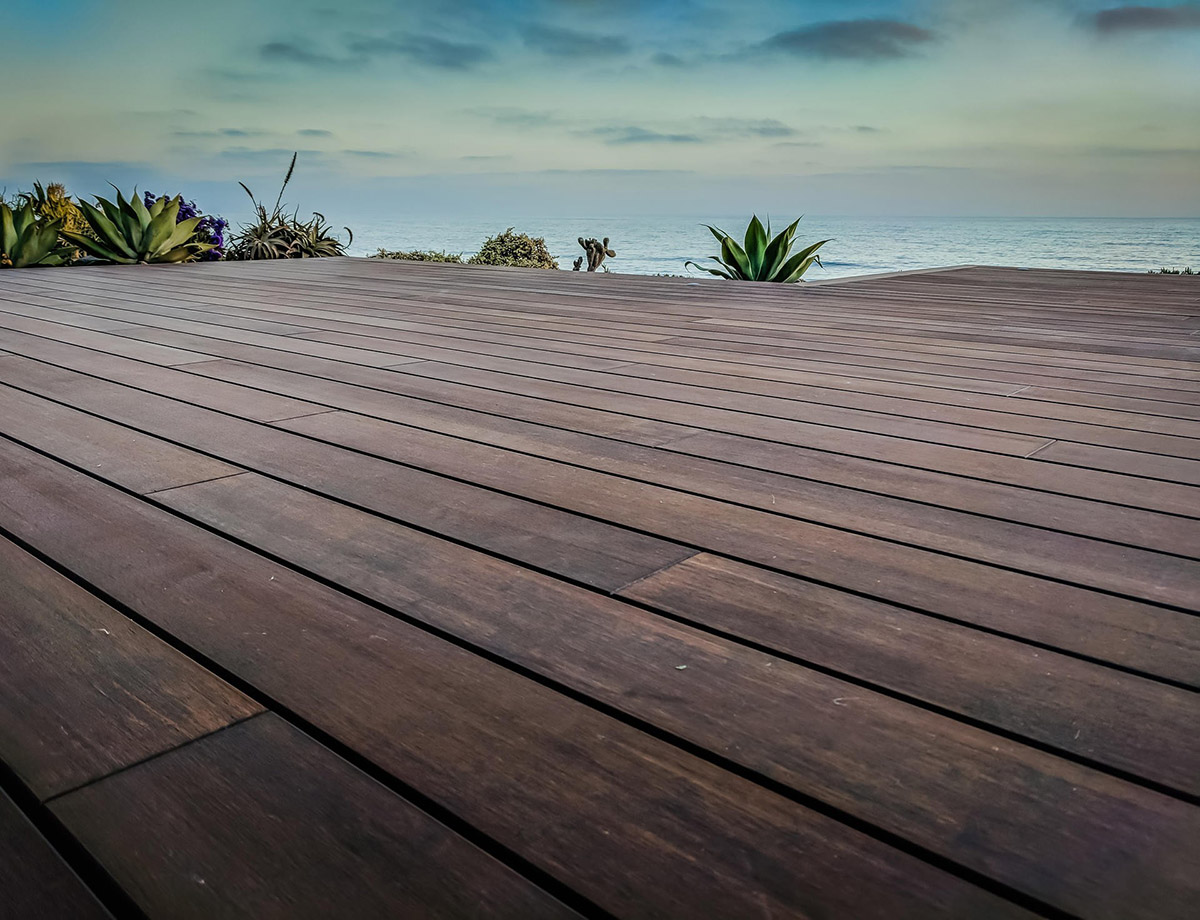
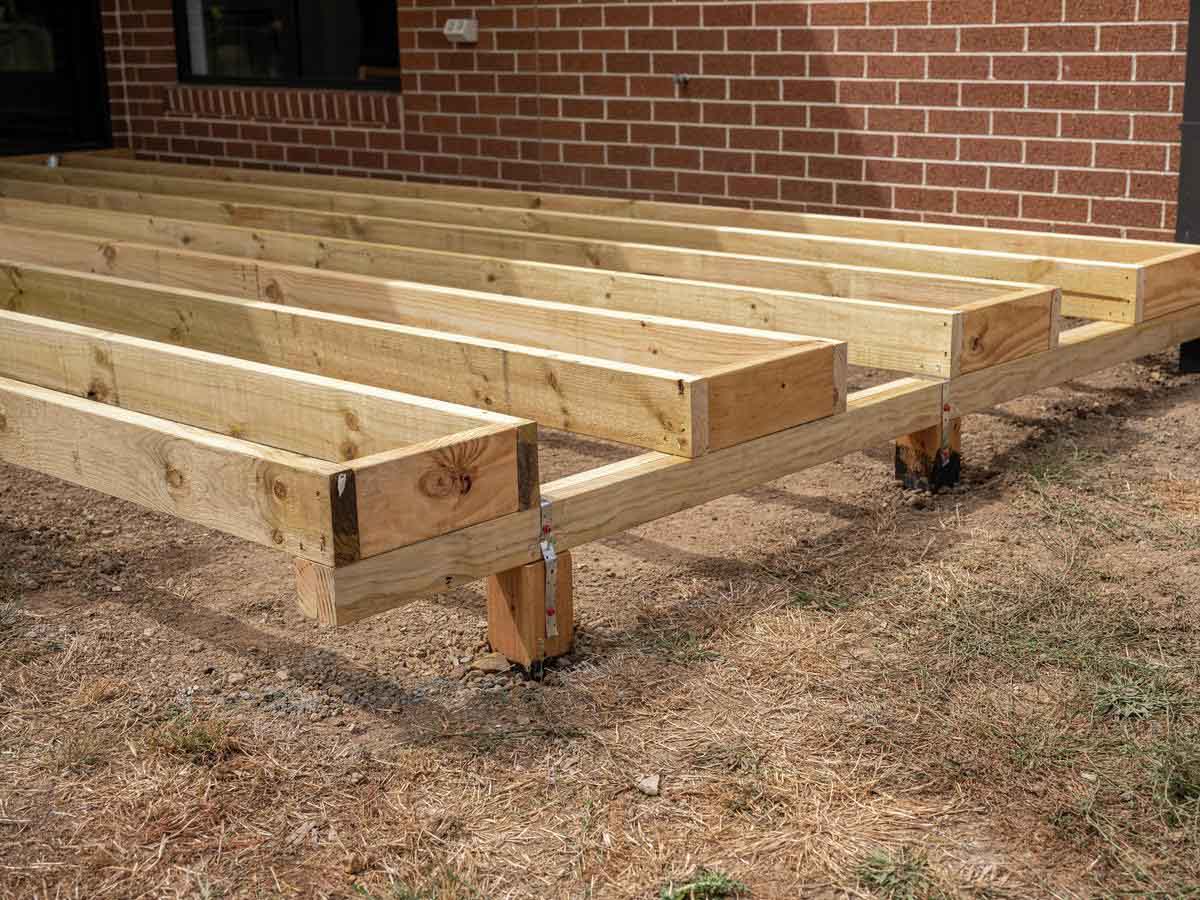
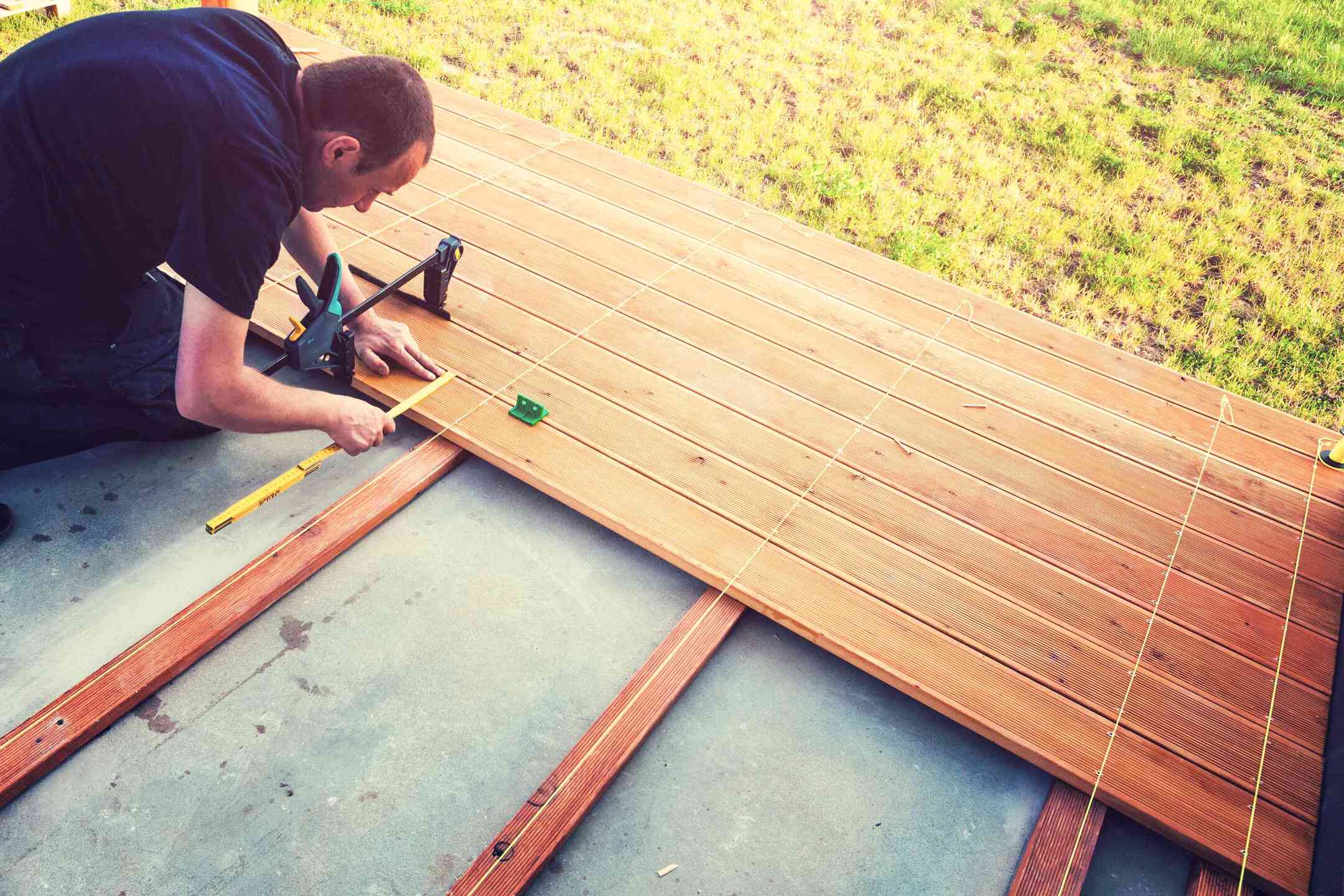
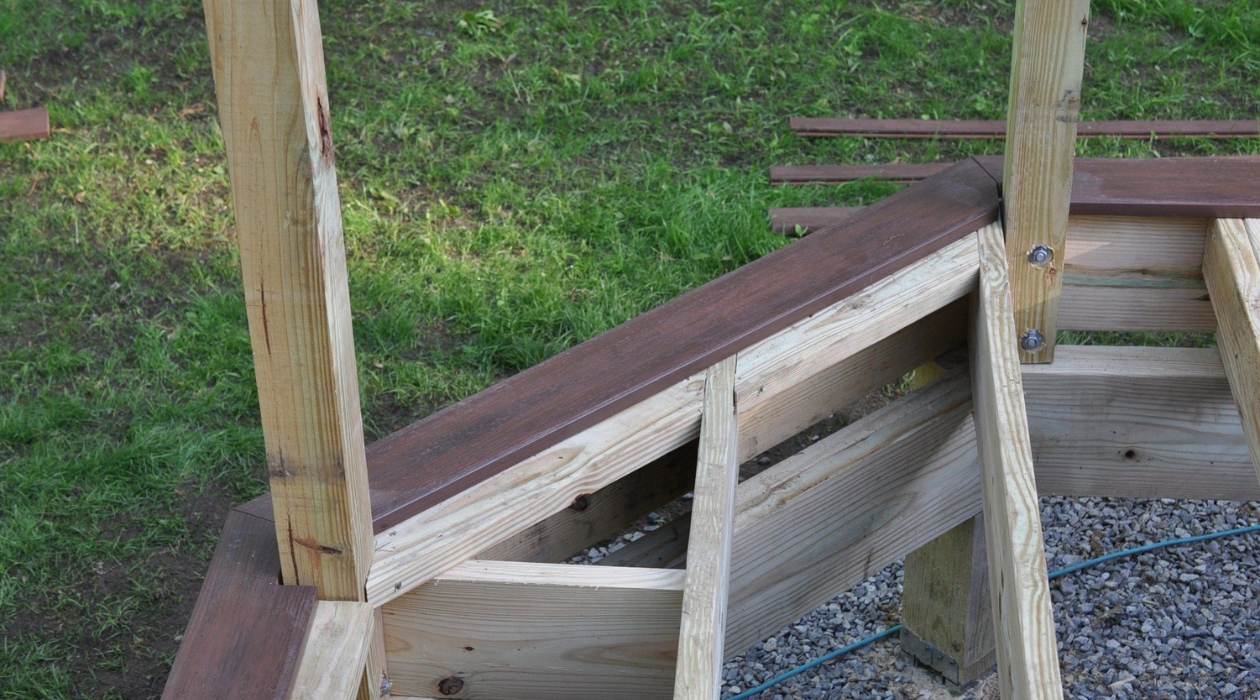
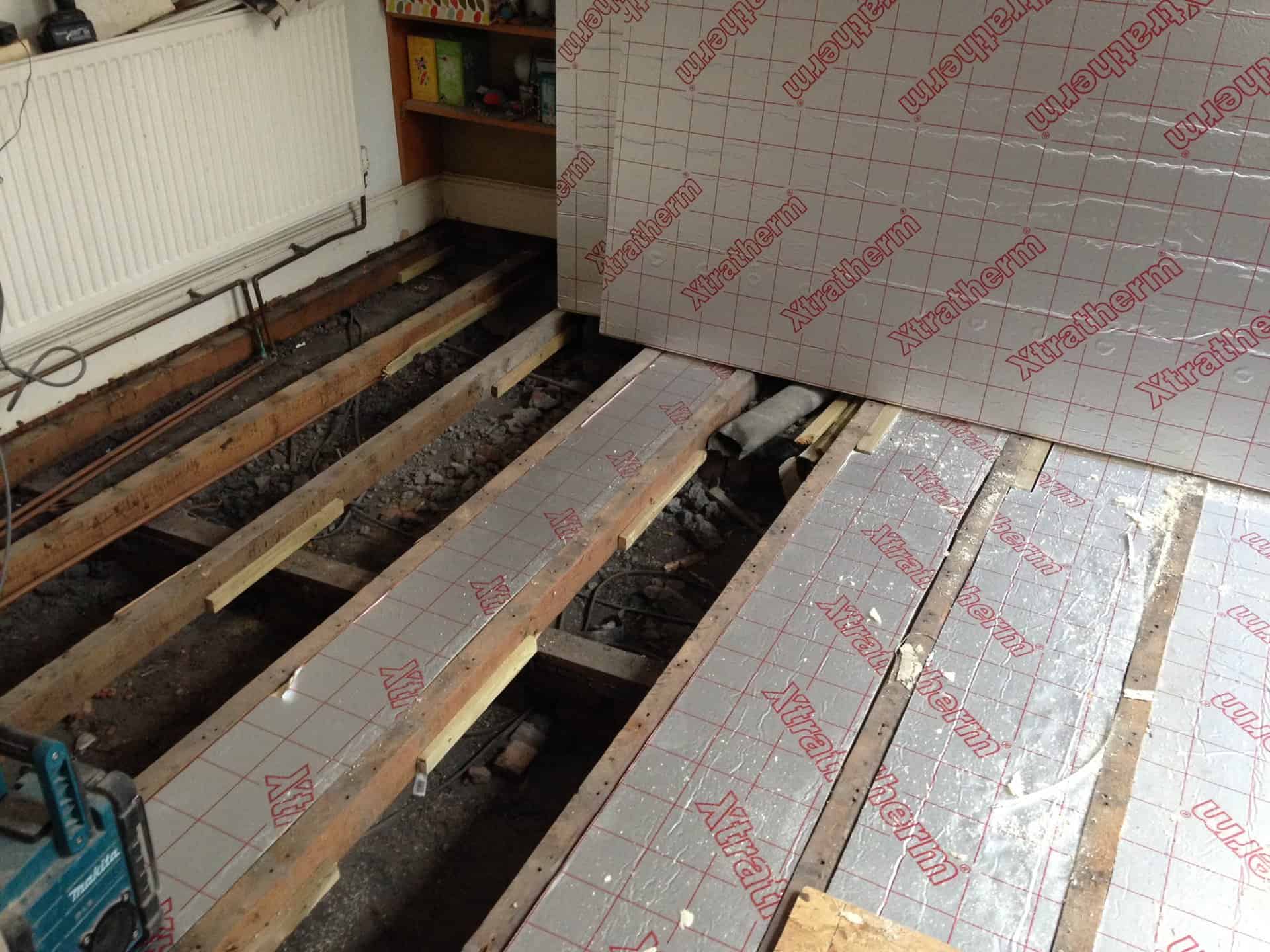

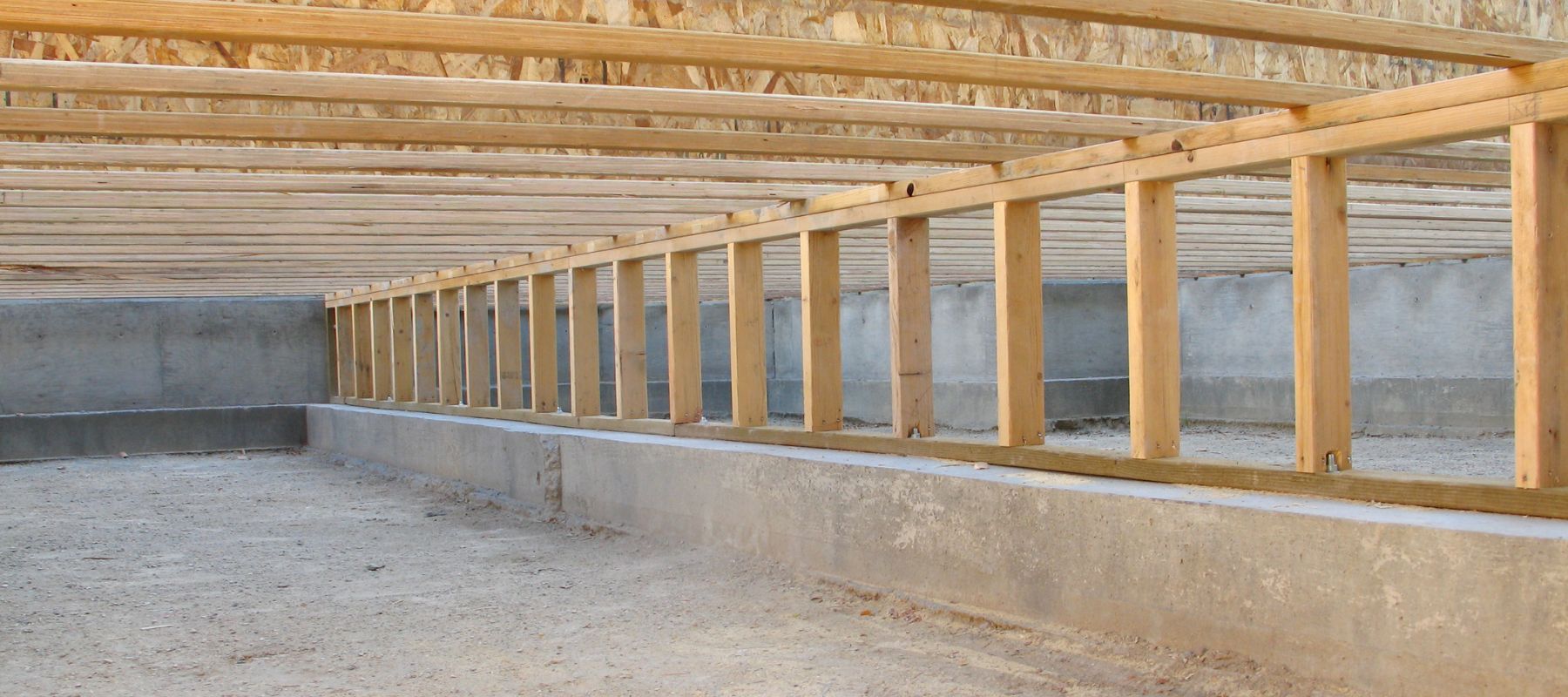
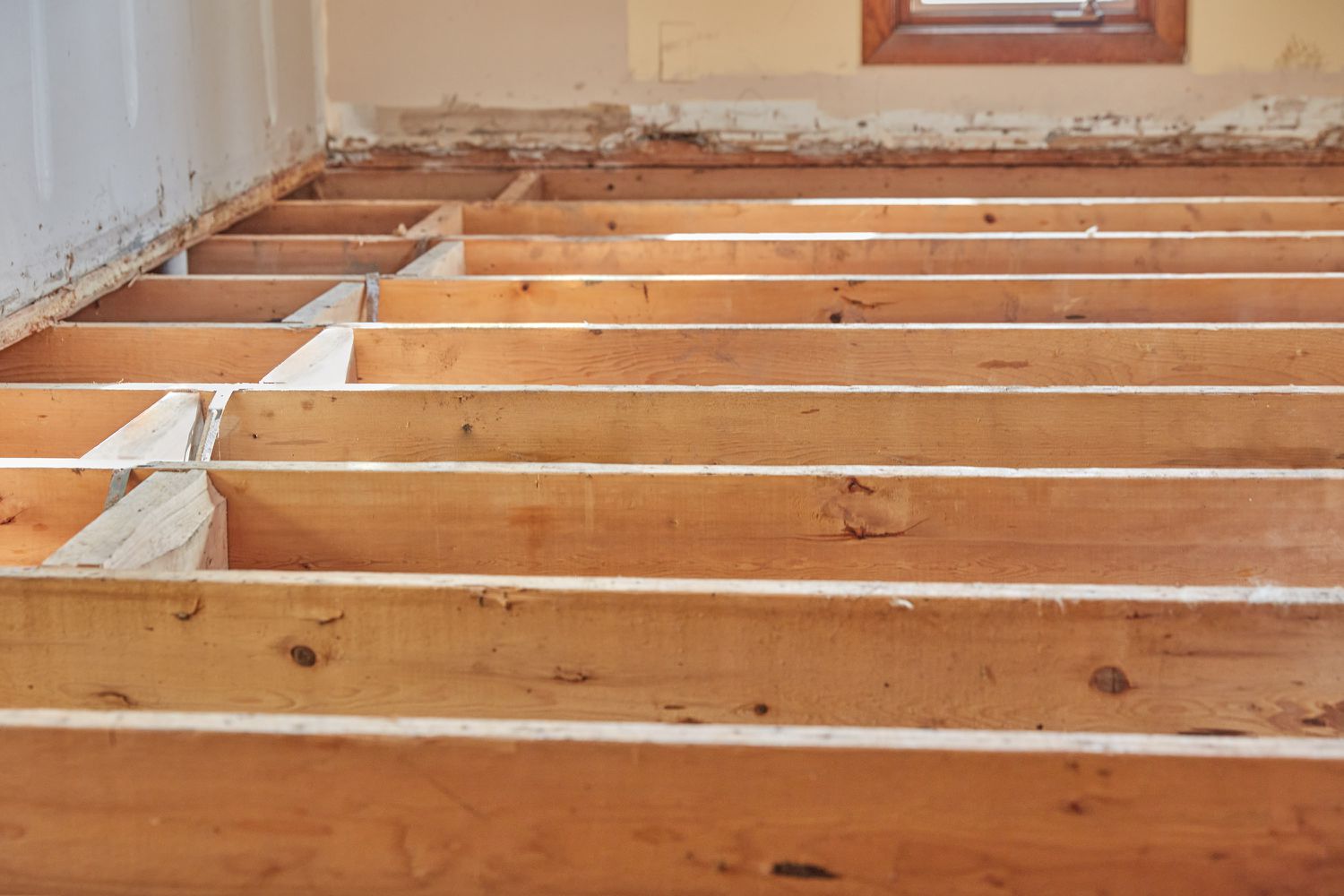
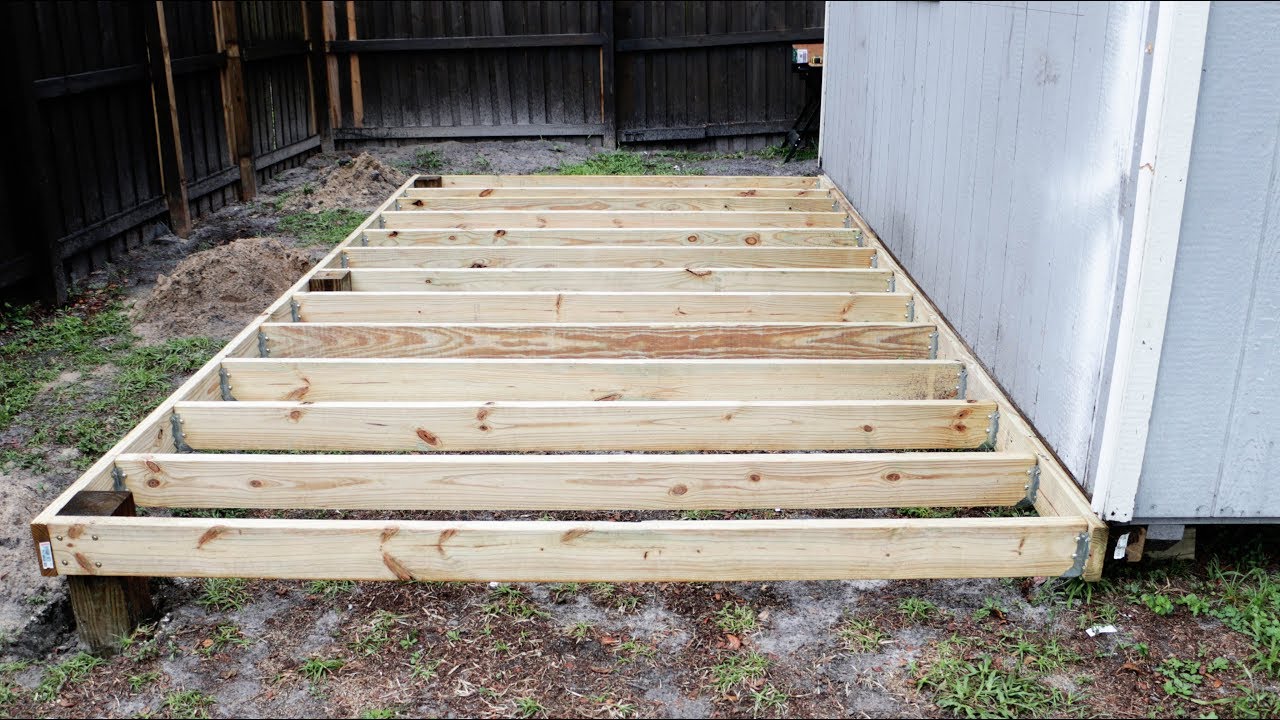
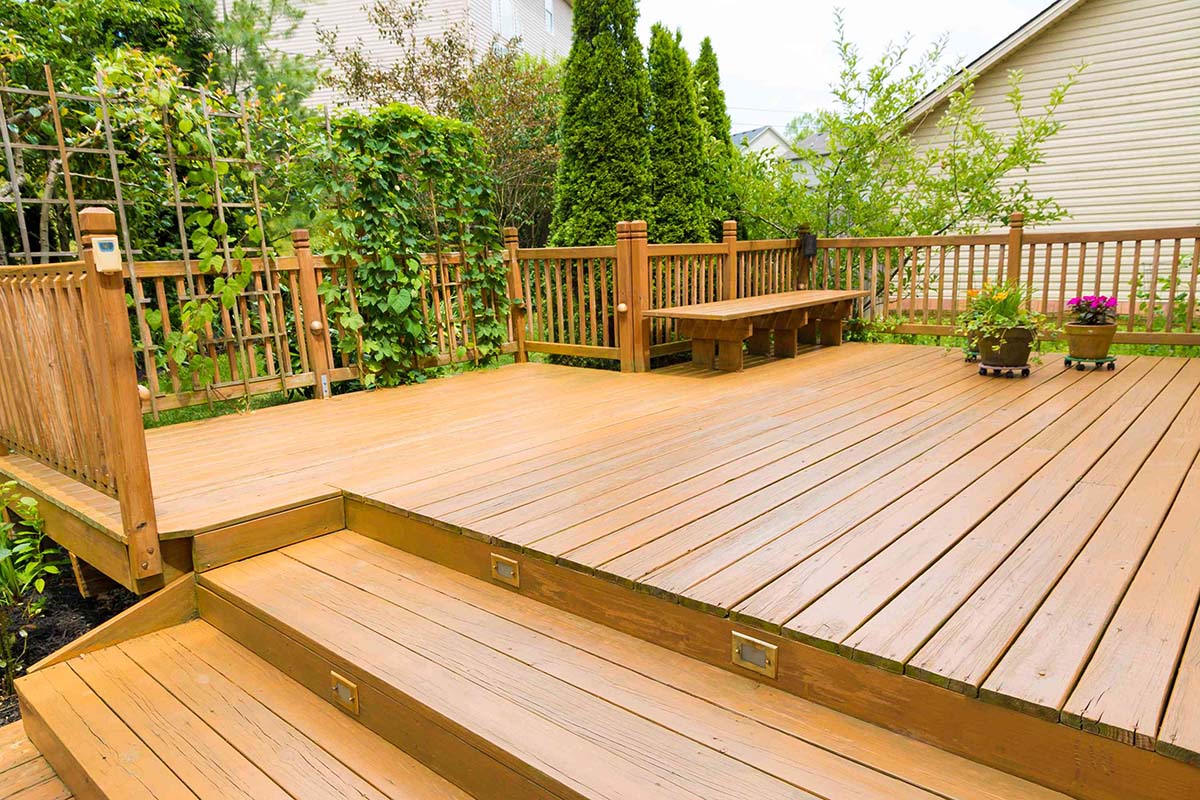
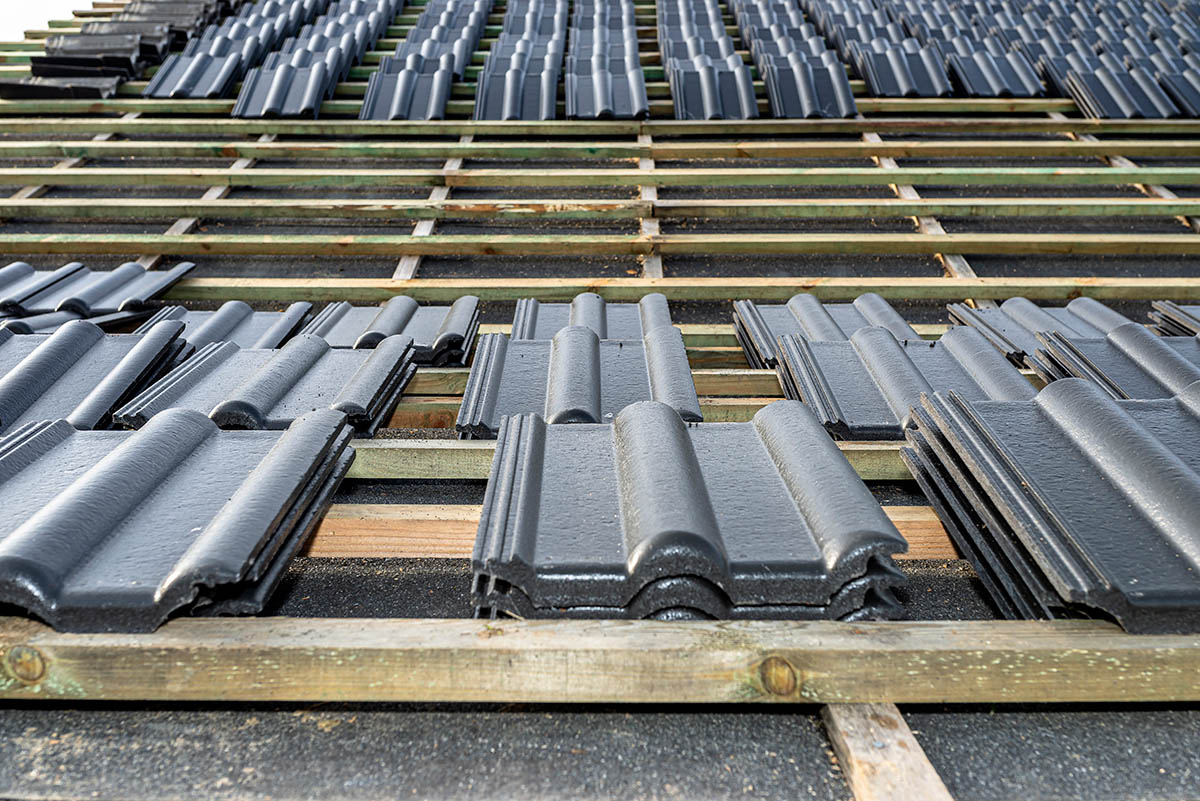
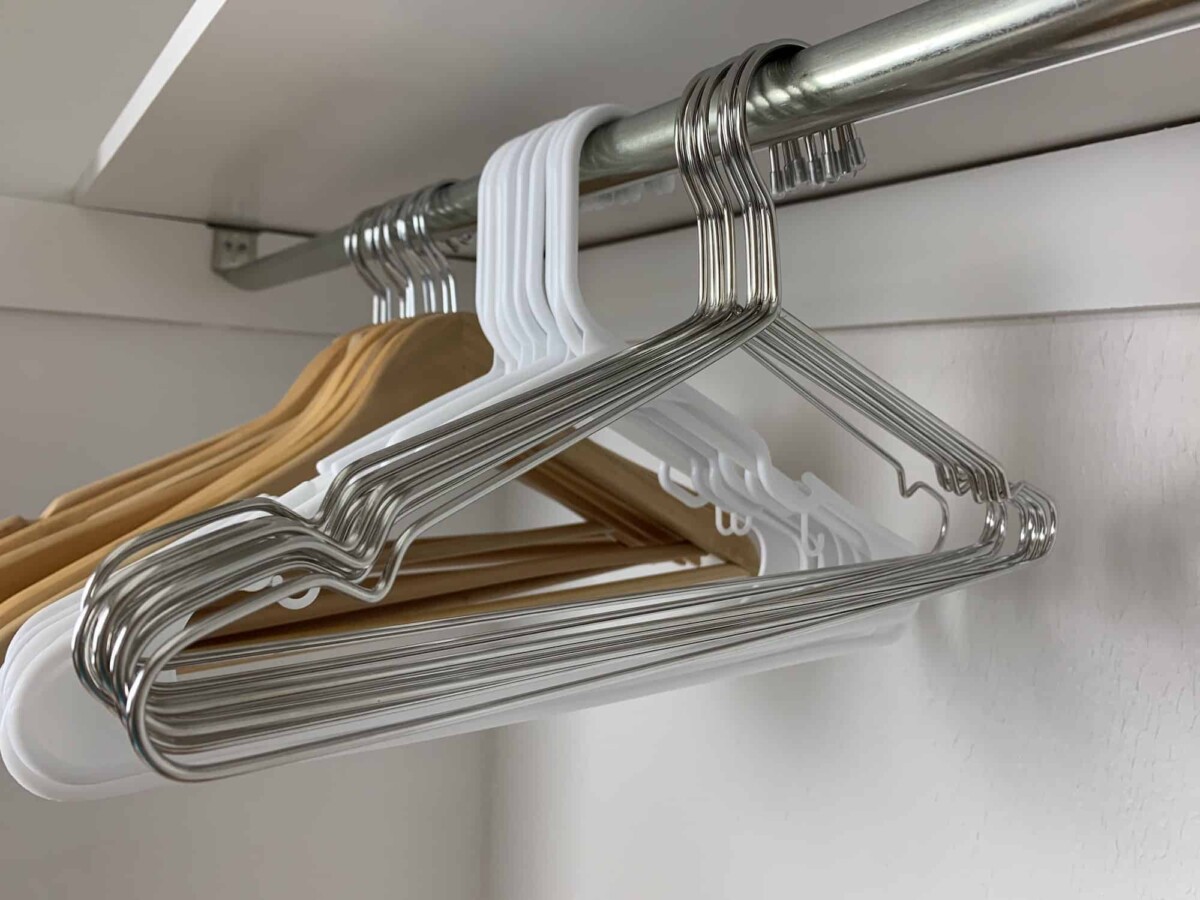
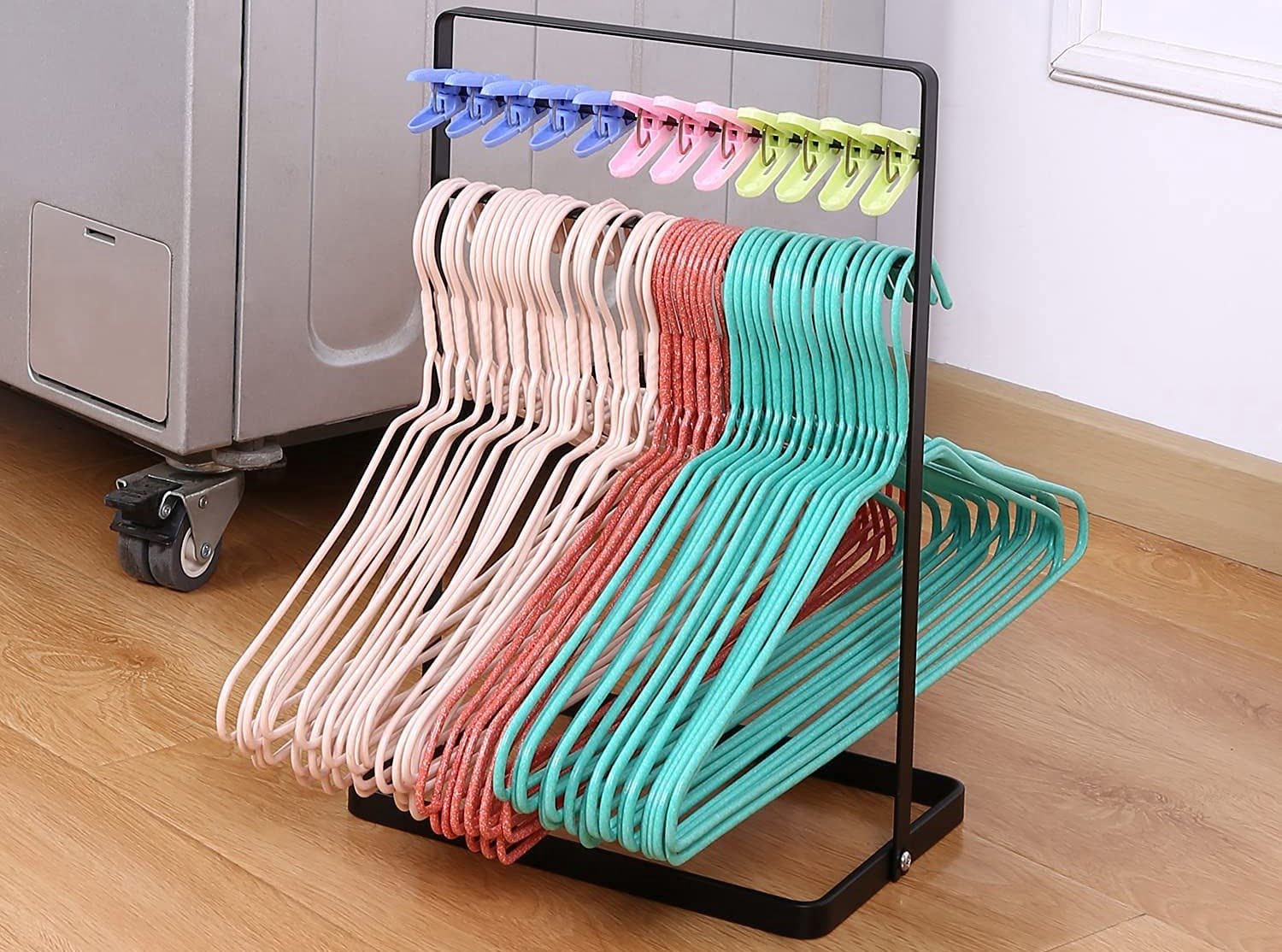
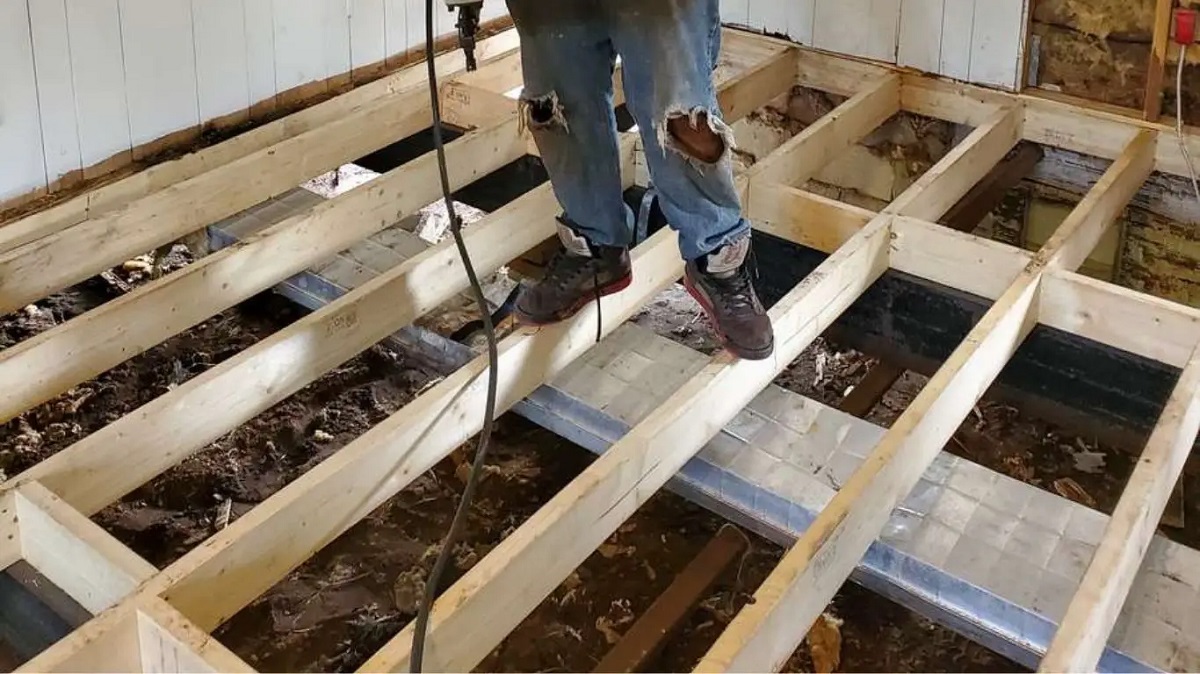

0 thoughts on “How To Use Joist Hangers On Decking”